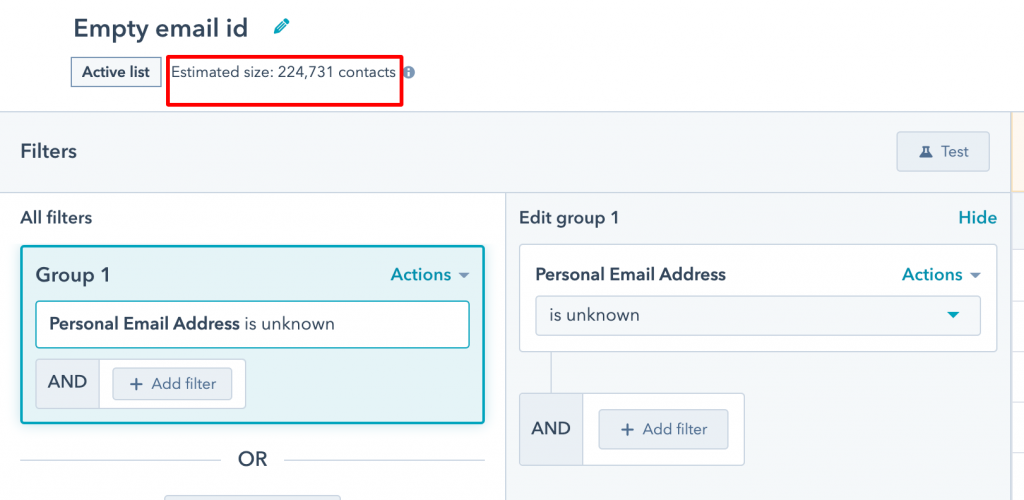Database Management with HubSpot
The digital age is fueled by data – so goes the saying. The importance of data is something that everyone has been talking about for the longest time. Any organization has always seen data as one of their most important assets, and this conviction is without question. Your data is the source that can help you make an informed decision, provided that the data is accurate, updated, complete and well organized. Further, organizations collect and use an enormous amount of data, making it impossible to manage it all manually. The importance of adopting an effective data management system cannot be overstated.
HubSpot is getting widely popular among organizations because of the plethora of services it provides under one umbrella, ranging from tools to help out from your marketing, sales, and other business requirements. If you are using HubSpot or planning to get on board with it, you are in the right place.
We’ll explore some potential solutions to some common data management problems.
Database Auditing
A thorough data review is necessary, since data contains many substances, and you might be missing some of them, if not all of them. It involves thoroughly observing your data to understand the current implementation of the database, which would help us analyze how we can optimize our data storage.
Rather than spending countless hours manually analyzing umpteen records, HubSpot automates the process. You can start as easily as creating several smart lists to segment your database and identifying the gaps that need to be plugged.
For instance, let’s assume that you want to see how many records do not have their email addresses filled in. You can create an active list consisting of people with empty email addresses in your HubSpot database, and you’ll find all the records without email addresses listed in an easy to manage way.

Database Cleansing
The tiniest crack in your business strategy can allow bad data seep into your database, affecting overall effectiveness and database health. The various sources of bad data that can enter into your system are forms on the website, list import or manual data collection. Bad data mainly contains inaccurate, wrong, misleading or incomplete information, which ultimately is more of a liability. Having a set and automated data cleansing mechanism can help your organization curb the menace.
A data cleansing mechanism in Hubspot can be a series of workflows or a giant workflow itself, which finds and tags the bad data right from the time it enters your instance and raises a flag on it. When a lead is created, it is thoroughly scrubbed by matching it against predefined bad values in the workflow, and culprits are tagged. To start with, you need to outline the database’s parameters that hold the most value to your organization and use those parameters to find if any of those contains a bad value.
In either case, you can either delete these attributes from your database once they have been tagged, or you can get them enriched and use them. This will allow you to turn your low-quality data into more useful information and increase the overall productivity of your sales team.
Database Normalization
It is important to normalize your database in order to achieve standardization and uniformity across your entire database. For marketers and demand generators, it is a boon since it helps them to accurately report, measure ROI, and identify their target audience.
The most vulnerable fields, such as geographic locations, departments, should always be in the drop-down field type to minimize the variety of values and eliminate ambiguities.
Hubspot’s database normalization workflows can help you simplify database organization and reduce inconsistencies and redundancy. By using these workflows, multiple similar values can be gathered and replaced with one value that is common to all.
For example, the city values in your database could be as subjective as Delhi, New Delhi, NDL, del, Dilli and many more. Your database normalization workflow will scan all the values and replace them with one consistent value, New Delhi.

